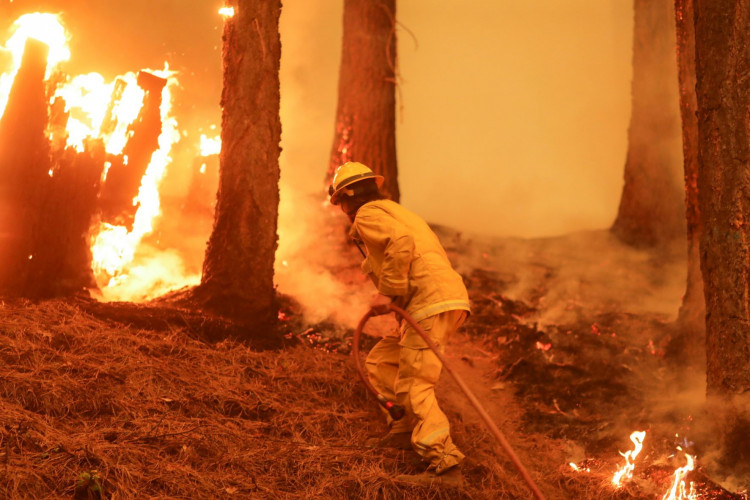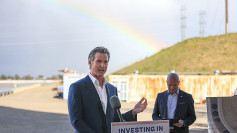The Government Accountability Office (GAO) is starting an inquiry after the greatest wildfire ever observed in New Mexico was started by U.S. Forest Service-controlled burns that escaped.
A planned fire intended to thin out dense pine forests in the Santa Fe National Forest was first initiated by a group of federal workers using drip torches.
It developed, however, to become one of the U.S.'s largest wildfires when April winds howled across the mountains of fragile, dry northern New Mexico, pushing the fire over its bounds and shortly onto its course. The most catastrophic errors made by the Forest Service in decades.
The Calf Canyon/Peak Hermit's blaze, which resulted from the combination of the two burnings, is now the biggest wildfire in New Mexico's history. The fire, which is larger than the metropolis of Los Angeles and is still blazing, has burned hundreds of homes and forced thousands of people to flee a territory where Hispanic settlers first lived centuries ago.
The GAO is investigating the Forest Service's and other federal land agencies' policy on controlled burns.
For a 90-day safety review, U.S. Forest Service Chief Randy Moore stopped all so-called controlled burns on its property on May 20. More than 340,000 acres have been destroyed in the New Mexico fire, which is still not completely contained.
But a lot of forestry and fire ecologists worry that this "pause" is making wildfire risk worse. The agency's dangerously gradual, out-of-date, and problematic approach to intentional fires and fire mitigation, which hasn't kept up with climate change and the megadrought, is being covered up, according to critics.
Forest ecologists consider controlled burns to be one of the most important tools for lowering the danger of catastrophic wildfire and aiding in the undoing of a century-long fire suppression strategy that has worsened wildfire conditions and now annually wreaks havoc across broad parts of the West.
Despite growing scientific evidence and the agency's own stated goals about limiting dangerously high levels of built-up fuel in western forests, Hurteau and others are particularly worried that the Forest Service - and other fire agencies - remain to fail to put climate change at the forefront of decision-making.
These objections are amplified by the Forest Service's recent internal analysis of the New Mexico fire, which amounts to an astonishing admission by the organization that it effectively neglected to consider climate change when executing a deliberate burn during a historic drought.





